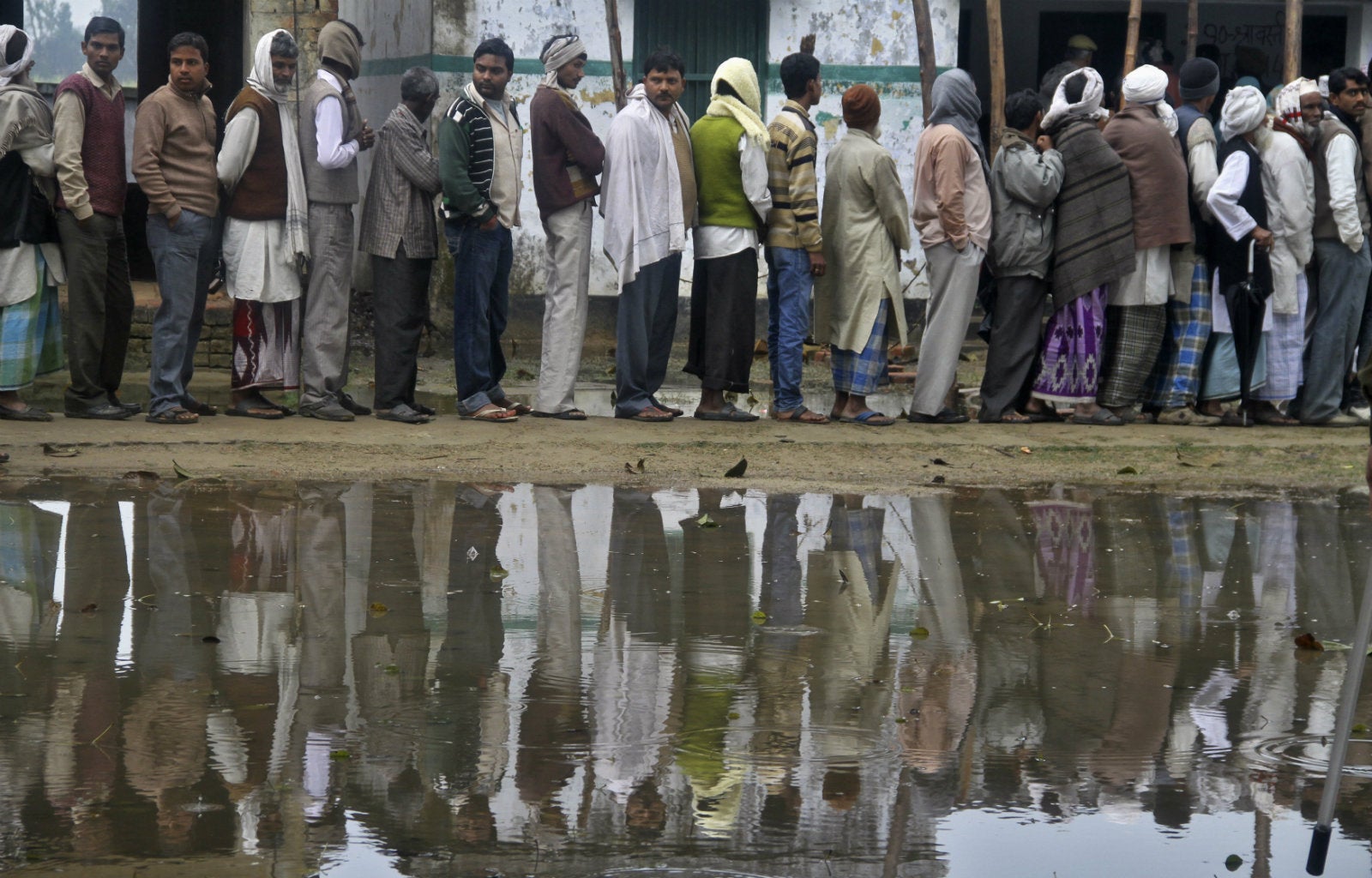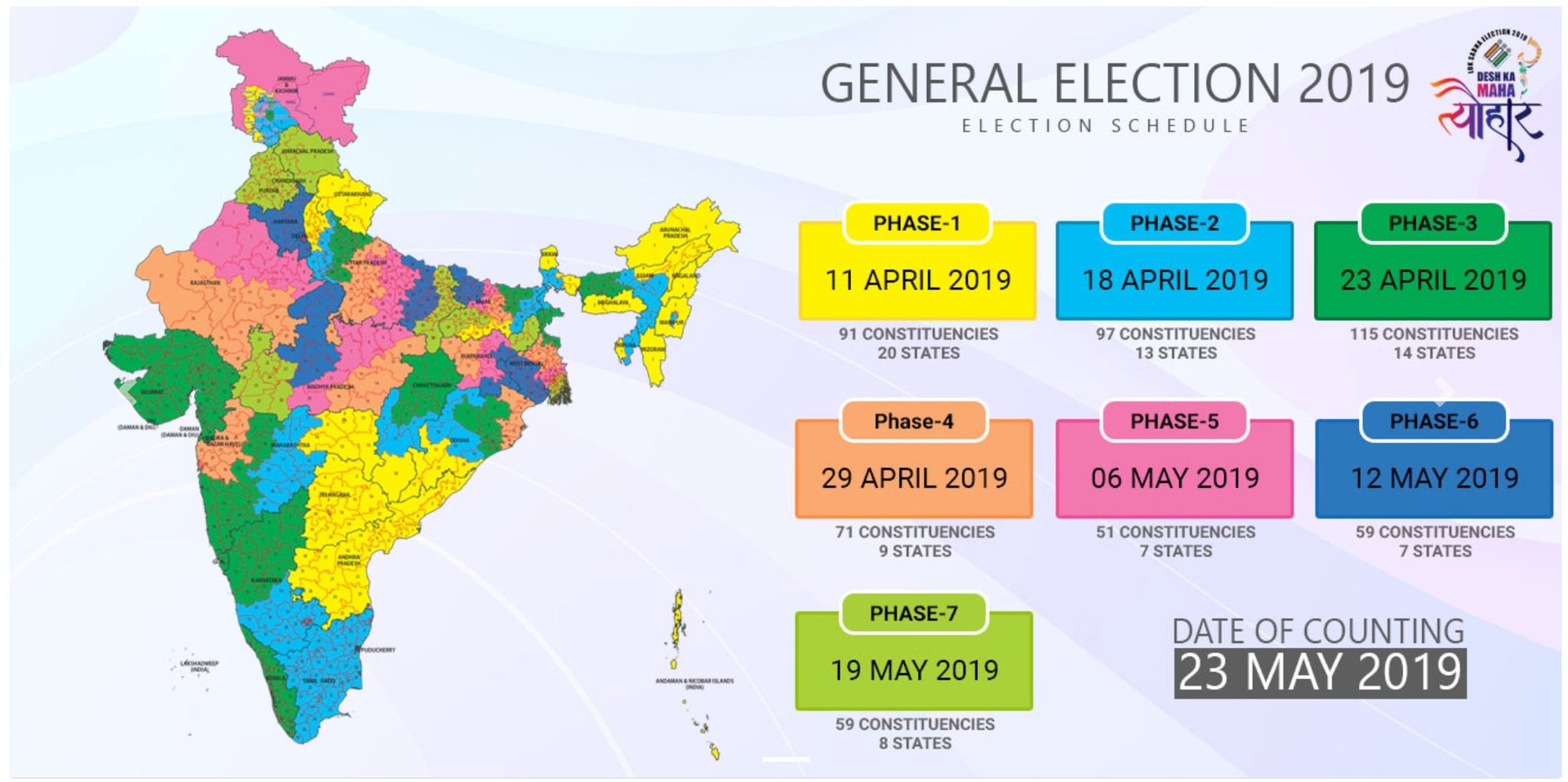900 million voters and over a million polling booths: History’s biggest election is on
Spanning 29 states and seven union territories, India is readying to host a mammoth democratic event beginning tomorrow (April 11).


Spanning 29 states and seven union territories, India is readying to host a mammoth democratic event beginning tomorrow (April 11).
Voting for a new parliament will continue till May 19, the results of which will be announced on May 23. While prime minister Narendra Modi seeks a second term, rivals, including Indian National Congress president Rahul Gandhi, will seek to replace him.
Here’s a snapshot of what to expect, in numbers:
Voting
900 million: The massive number of people set to cast their vote in the world’s largest election
432 million: Women eligible to vote. It remains to be seen how many will show up. In 2014, a record two-thirds of the registered women voted
83 million: New voters
15 million: Voters aged 18 and 19
38,000: The number of voters from the transgender community
38: The number of days the entire process will last (from April 11 to May 19), of which voting will take place on 7 days.
2: The maximum distance in kilometres from any given voter’s house to he nearest polling booth
3.96 million: Number of electronic voting machines (EVMs) in use this election
1.7 million: Paper trail or voter-verifiable paper audit trail machines. It is a documentary record of the voter having exercised his franchise
11 million: Election personnel being deployed to conduct polls
15,256: Height of the world’s highest polling station, in Tashigang, Himachal Pradesh, in feet
35: Kilometres an election team travels just so the only resident of the remote Gir National Forest in Gujarat, where Asiatic lions outnumber humans, can vote. The temple priest gets his own polling station, complete with an EVM
State of politics
2,293: The number of registered political parties
8,000: Number of candidates who have filed their nominations for the 543 Lok Sabha seats, so far
14.6 billion: The rupee value of cash, liquor, and drugs seized by the election commission this year till now
Read Quartz’s coverage of the 2019 Indian general election here.
